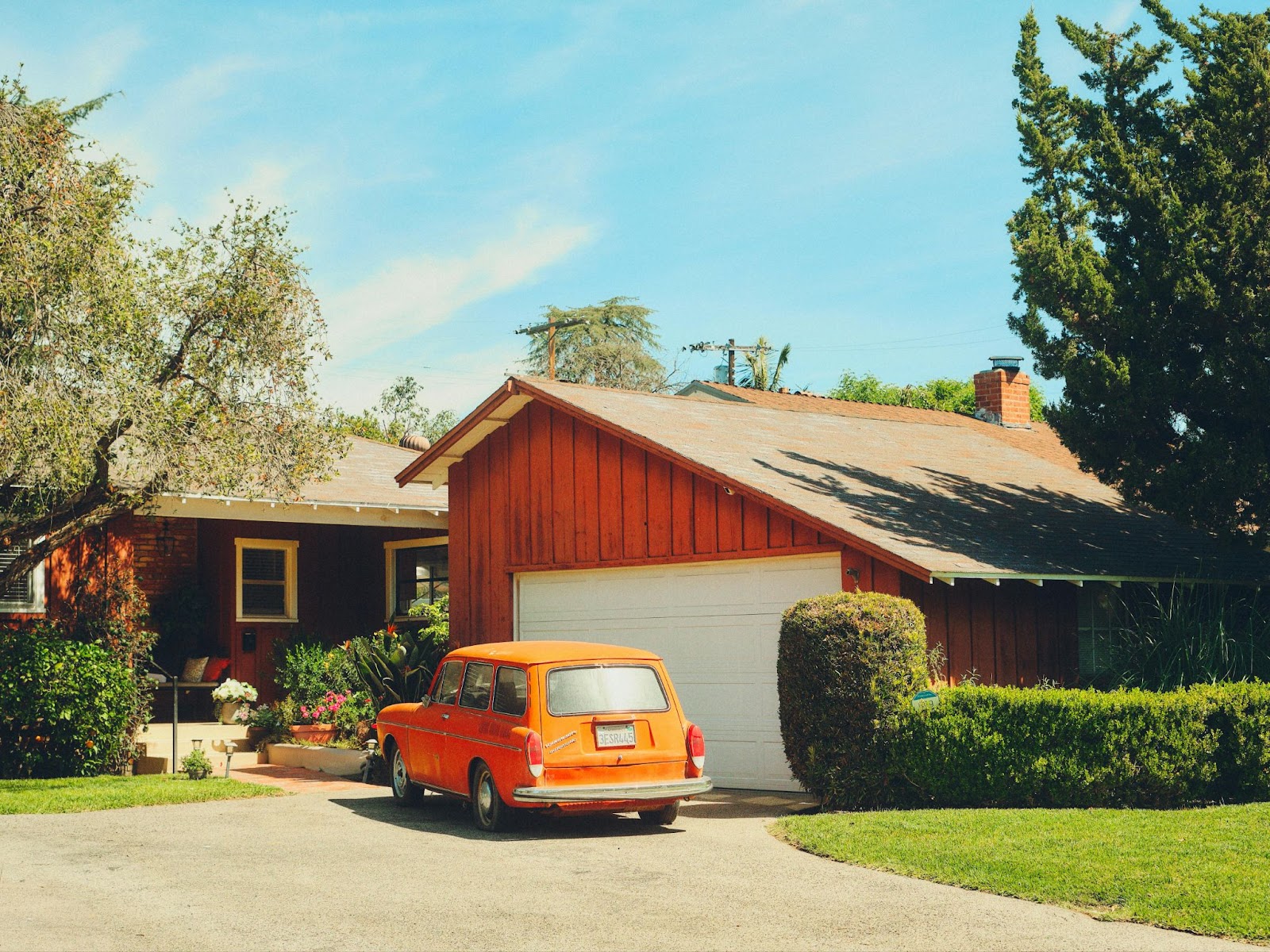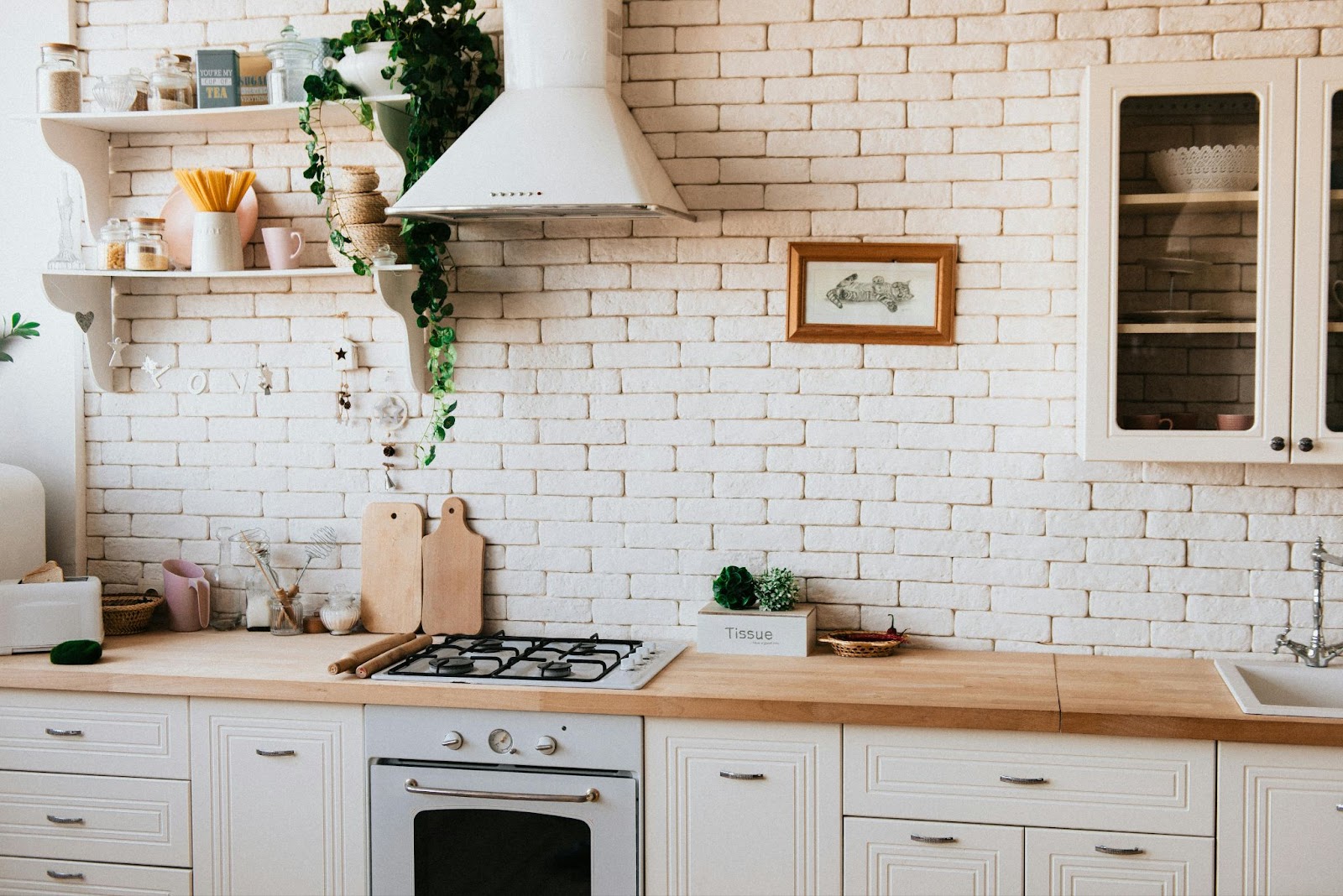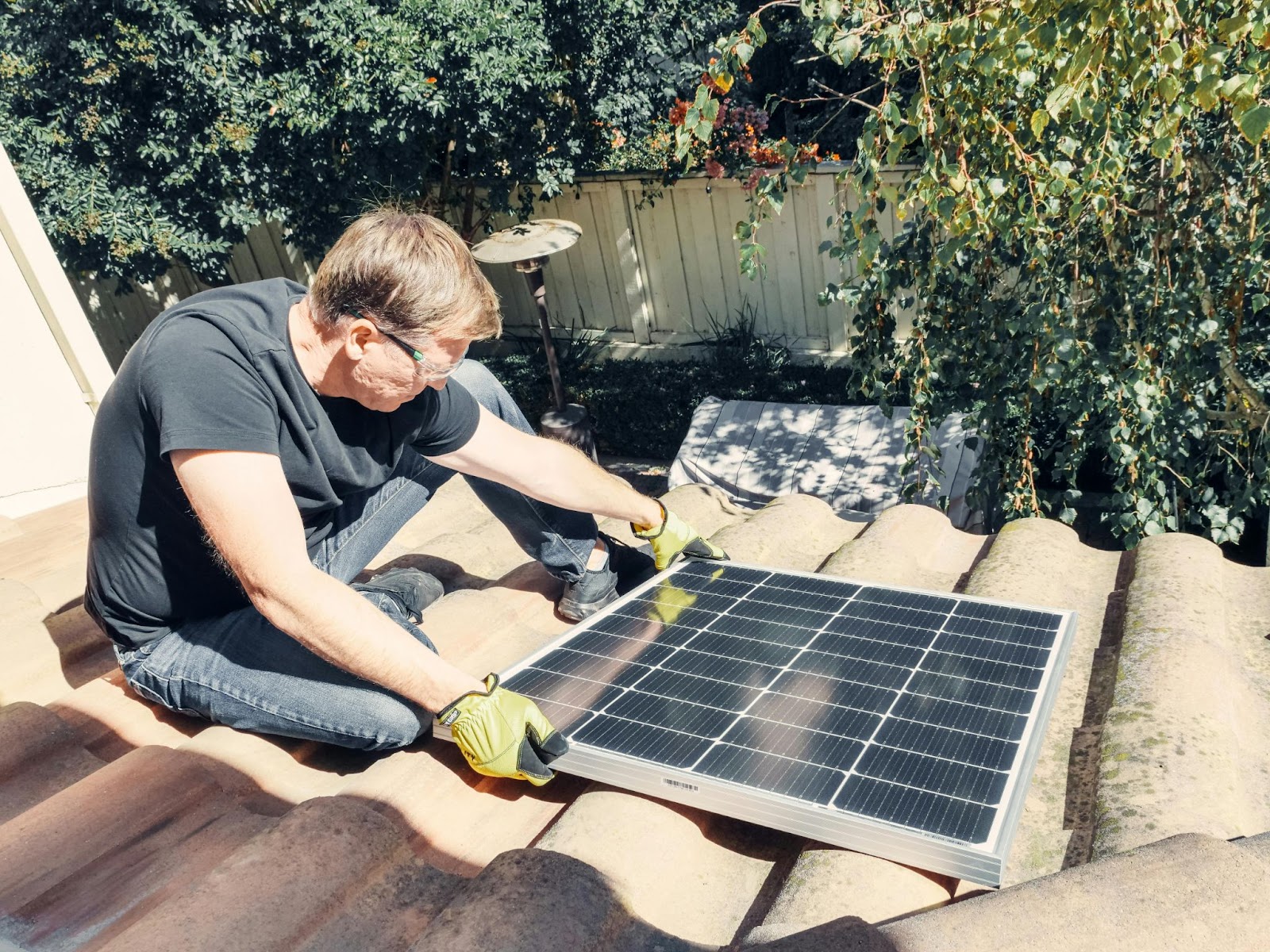ADU Knowledge
August 7, 2025
Which ADU Layouts Work Well for Multi-Generational Living in Georgia?

.png)
Schedule a free appointment with one of our ADU experts.
Get ADU QuoteOr call: (323) 591-3717
The most effective layouts include ground-level granny suites, two-bedroom units with separate entries, or attached and detached models that feature universal design elements like step-free access and walk-in showers. Well-planned privacy zones and dual living areas ensure everyone has space to thrive under one roof.
Multi-generational ADUs in Georgia are an excellent way to support aging parents, adult children, or extended family, offering independence with proximity, privacy, and shared resources. For tailored multi-gen ADU layouts designed to fit both Georgia’s climate and building codes, visit Gather ADU’s Georgia ADU design hub. Our expert team specializes in creating code-compliant, energy-smart plans complete with floor plans, permitting assistance, and space-saving design features so your family stays comfortable for generations.

Designing a multi-generational ADU (Accessory Dwelling Unit) in Georgia requires more than just extra square footage; it's about balancing privacy, comfort, and connection. Whether you're planning for aging parents, grown children, or long-term guests, these 10 layout strategies help you create a functional and future-ready living space that meets your family’s evolving needs. To learn more about where ADUs are permitted, check this list of Georgia cities and counties allowing ADUs.
The type of ADU you choose shapes privacy, cost, and daily comfort. Attached units are budget-friendly and easily connect to existing utilities ideal for urban lots and close-knit families. Detached ADUs offer maximum privacy but require higher investment, making them great for adult children or caregivers. Garage conversions provide a smart middle ground, reusing space for independent living. Each structure affects utility use, noise control, caregiving roles, and long-term adaptability. Choosing the right type ensures your ADU supports your family’s needs today and in the future.

Your ADU’s structure shapes your family’s daily life and long-term comfort. Choosing the right layout whether for privacy, proximity, or affordability directly affects accessibility, noise control, and overall harmony. Prioritize one-story designs with zero-step entries, wide doorways, and universal bathrooms to support residents of all ages. Keeping essential areas on one level increases safety and convenience. By designing for accessibility from the start, you avoid future renovations and ensure your home adapts to changing needs. For more tips, explore our Universal Design Guide for Accessible Housing.
Balancing independence and connection is key in multigenerational ADUs. Clear separation of private areas like bedrooms and bathrooms ensures each household can live autonomously, while shared zones foster meaningful interaction. Buffer spaces such as hallways or patios help maintain sound and visual privacy. This thoughtful layout reduces tension, supports daily routines, and nurtures mutual respect. By defining boundaries and gathering spots, your ADU becomes a sustainable, comfortable space for long-term cohabitation. Learn more in our guide on ADUs as a Solution for Multigenerational Living in South Park.
Shared amenities offer both cost savings and emotional benefits. By eliminating duplicate appliances and utility systems, you reduce upfront construction and long-term maintenance costs. Common areas like kitchens, laundry rooms, or patios encourage natural interaction between generations, strengthening family ties. When thoughtfully designed, these shared spaces feel open and intentional, not cramped. Smart layouts, ample storage, and clear zoning ensure comfort and privacy. Instead of being compromises, shared zones become welcoming places that balance efficiency with meaningful connection.
Parallel utilities create true independence in a shared home. With separate HVAC, plumbing, and electrical systems, each household controls its own comfort and utility use, minimizing conflict. Adding features like a mini-kitchen, private bathroom with safety upgrades, and a second laundry setup ensures full autonomy. This layout supports peaceful, multi-generational living by offering privacy without physical distance. It’s a smart way to keep families close while respecting personal space. For more ideas, check out our Introduction to ADUs guide.

Soundproofing is essential for stress-free multi-generational living. Noise is a top complaint in shared homes, but with insulated walls, acoustic panels, and solid-core doors, you can drastically reduce disturbances. Add double-stud walls, acoustic drywall, and separate entrances to minimize noise transfer and traffic overlap. Strategically placed rooms and storage buffers further protect personal routines. These upgrades create peaceful spaces where everyone can relax, sleep, and live on their own schedule supporting harmony without sacrificing proximity.
Flexible design keeps your ADU useful as life evolves. By using adaptable layouts, movable walls, and convertible rooms, your space can easily shift with changing needs like aging in place, welcoming family, or renting out. Features like Murphy beds, sliding partitions, and open-plan bathrooms add versatility. Reinforced walls allow for future safety upgrades without remodeling. A home office today can become a nursery or guest room tomorrow. Future-proofing your ADU with modular, universal elements ensures long-term value, saving you both time and renovation costs.
Understanding local zoning laws is essential before building an ADU in Georgia. Each city whether Atlanta, Savannah, or Macon has unique rules on size, height, setbacks, and parking. Aligning your plans early prevents costly revisions, permit delays, or fines. Many cities allow ADUs between 750–1,000 sq. ft., and some waive fees for smaller units. Knowing occupancy limits, utility rules, and lot coverage requirements ensures your design is compliant and buildable. Start with the right knowledge to save time, money, and hassle down the line.
Understanding local zoning laws is essential before building an ADU in Georgia. Each city whether Atlanta, Savannah, or Macon has unique rules on size, height, setbacks, and parking. Aligning your plans early prevents costly revisions, permit delays, or fines. Many cities allow ADUs between 750–1,000 sq. ft., and some waive fees for smaller units. Knowing occupancy limits, utility rules, and lot coverage requirements ensures your design is compliant and buildable. Start with the right knowledge to save time, money, and hassle down the line.

Your ADU construction method should align with both your budget and long-term goals. Whether you’re building for family, rental income, or added resale value, a realistic budget and phased plan can prevent financial surprises. On-site custom builds offer full design flexibility but require more time and money. Prefab or modular ADUs are faster and more cost-effective, though they may limit layout options. In Georgia’s varied urban and suburban settings, custom builds often provide better long-term value. Choosing the right method depends on your priorities balancing speed, customization, and future returns ensures your ADU meets both emotional and financial needs.
Feeling stuck trying to balance privacy, comfort, and code compliance? Multi-generational ADU layouts can be tricky; one wrong decision might lead to costly delays, awkward living arrangements, or design regrets that last for years. Without expert guidance, it’s easy to miss critical details that affect long-term livability.
This decision shapes your family’s daily routine and long-term well-being. Whether you prioritize privacy, affordability, or proximity, the ADU structure you choose determines how easily multiple generations can live together. From shared walls to separate entrances, your layout directly impacts comfort, noise control, and accessibility, making it crucial for harmonious multi-generational living. To explore your city’s ADU rules, visit Georgia Cities and Counties Allowing ADUs.

A multi-generational ADU is an accessory dwelling unit designed to accommodate multiple generations of a family. It typically includes features like separate entrances, private kitchens or bathrooms, and shared communal areas. These layouts help maintain family closeness while offering independence, making them ideal for aging parents, adult children, or long-term guests living on the same property.
Yes, you can build an ADU in Georgia, but zoning laws vary by city and county. Some areas allow detached units, garage conversions, or additions, while others have restrictions on size, height, and occupancy. Always check with your local planning department to confirm what's allowed before you begin your design or construction process to avoid costly delays.
Building a multi-gen ADU in Georgia typically costs between $100,000 and $300,000. The price depends on factors like size, construction method, materials, and finishes. Detached units usually cost more than garage conversions or attached units. You’ll also need to factor in design, permits, and utility hookups when budgeting for a functional, long-lasting multi-generational living space.
Yes, ADUs often increase property value by adding livable square footage and rental income potential. Multi-gen ADUs are especially appealing to buyers who need flexible living arrangements for family or passive income. A well-designed unit can set your home apart in the real estate market and offer long-term financial returns, especially in growing Georgia neighborhoods.
The best layout for aging parents is a single-level ADU with no stairs, wide doorways, and an accessible bathroom. Safety features like grab bars, walk-in showers, and lever handles enhance comfort. A private bedroom, small kitchen, and proximity to the main home offer both independence and connection, making daily routines safer and more convenient.
.png)
Not sure where to start with your ADU project?